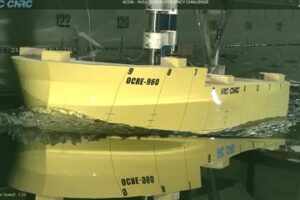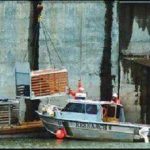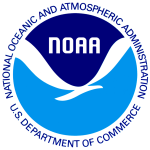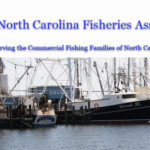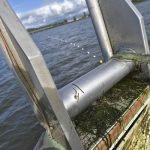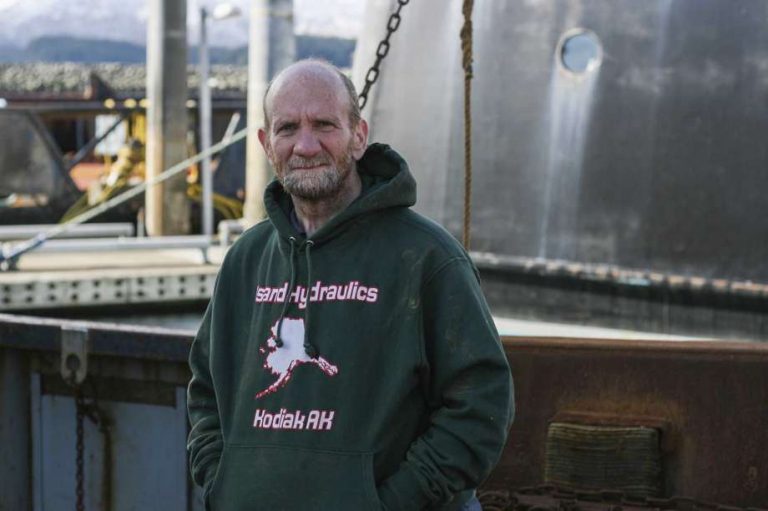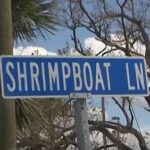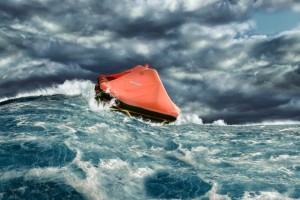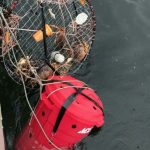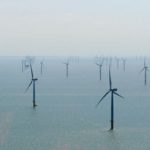Tag Archives: soft-shell clams
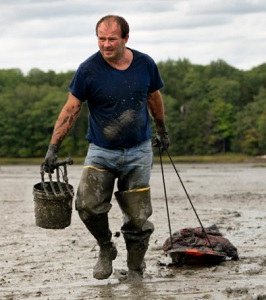
In New England, “The resource keeps diminishing.” Clammers Dig Through The Pandemic For Fewer Shellfish
In Maine, the largest clam producing state, fishermen produced their lowest haul in more than 90 years at a little more than 1.3 million pounds in 2020. Nationwide totals aren’t compiled yet, but Maine’s haul typically accounts for more than half the U.S. total, and hauls in other clamming states such as Massachusetts, Rhode Island and New York have been trending downward in recent years. “The resource keeps diminishing.” The clamming industry has had to contend with more marine predators of clams such as green crabs and milky ribbon worm in recent years. >click to read< 13:33
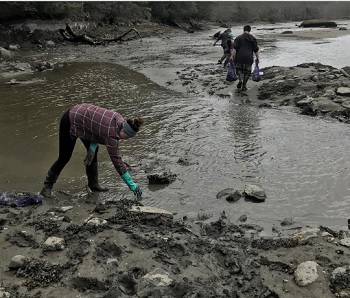
Plymouth-based Manomet Inc. tests hard-shell clams for replenishing Gulf of Maine fisheries
When Maine’s shellfish farmers had questions, they turned to Manomet Inc. for answers. The environmental science organization in Plymouth is helping the industry find solutions to predation problems plaguing soft-shell clams in coastal waters along the Gulf of Maine. Marissa McMahan, director of the Fisheries Division at Manomet, is working on a pilot program that may lead to the introduction of quahogs, a hardshell variety that is more resistant to predators, to deal with the changing conditions to the north. Photo’s, >click to read< 14:36
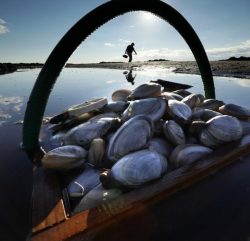
How big should a clam get? Maine eyes new harvest rules
Maine is the country’s leading producer of soft-shell clams, which are steamed or used to make New England staples such as fried clams and clam chowder. The harvest has fallen in recent years to the point where the nationwide haul for 2017 and ’18 was the lowest for any two-year period in more than 60 years. In Maine, the shellfish business is challenged by growing populations of predators that eat clams and a declining number of clammers. >click to read<12:07
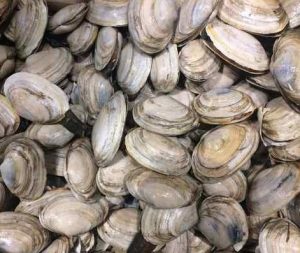
Harvest of clams continues to dwindle in New England
The clam fishery is coping with a declining number of fishermen, a warming ocean, harmful algal blooms in the marine environment and growing populations of predator species, said regulators and scientists who study the fishery. It leaves clammers like Chad Coffin, of Freeport, Maine, concerned the harvest will decline to the point it will be difficult to make a living. “It has been a gradual decline, and it’s getting to the point where there’s a tremendous amount of acreage that’s not producing anymore,” Coffin said. “It should drop significantly more over the next two years.” >click to read<18:38
A possible resurgence of invasive green crabs poses a threat to Casco Bay’s soft-shell clams
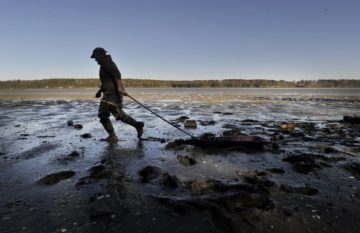 Soft-shell clams are a summer tradition around Casco Bay, both for the tourists and residents who love steamers and for the clam diggers who turn long, backbreaking hours on the mud flats into cold, hard cash. But an infestation of invasive green crabs ravaged juvenile clam stocks in the past four years, adding to ecological changes, competition for coastal access and other pressures facing the state’s second most valuable fishery. Clam landings in the Casco Bay communities of Freeport, Harpswell and Brunswick, some of the state’s leading clam producers, plummeted to historic lows in 2015, and the scarcity of soft-shell clams contributed to all-time high prices. Read the rest here 09:21
Soft-shell clams are a summer tradition around Casco Bay, both for the tourists and residents who love steamers and for the clam diggers who turn long, backbreaking hours on the mud flats into cold, hard cash. But an infestation of invasive green crabs ravaged juvenile clam stocks in the past four years, adding to ecological changes, competition for coastal access and other pressures facing the state’s second most valuable fishery. Clam landings in the Casco Bay communities of Freeport, Harpswell and Brunswick, some of the state’s leading clam producers, plummeted to historic lows in 2015, and the scarcity of soft-shell clams contributed to all-time high prices. Read the rest here 09:21
Shellfish industry pins hope on Freeport research

 Clammers, who have been anecdotally documenting green crabs devouring the clam populations for the last few years, are now getting a chance to put defensive measures in place with this project. They also hope to get some reassurance from the scientific data that the defensive measures work. continued
Clammers, who have been anecdotally documenting green crabs devouring the clam populations for the last few years, are now getting a chance to put defensive measures in place with this project. They also hope to get some reassurance from the scientific data that the defensive measures work. continued

































